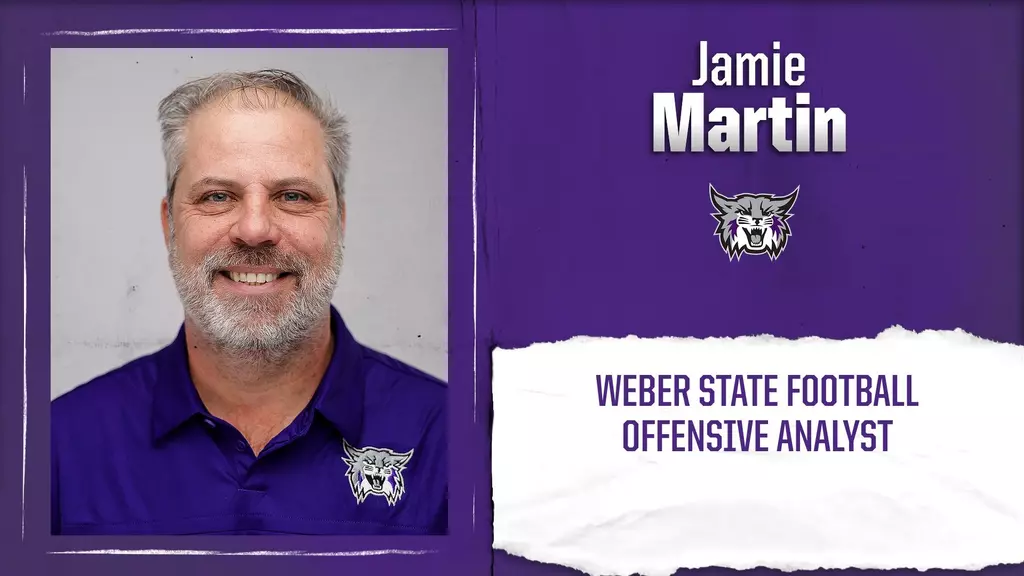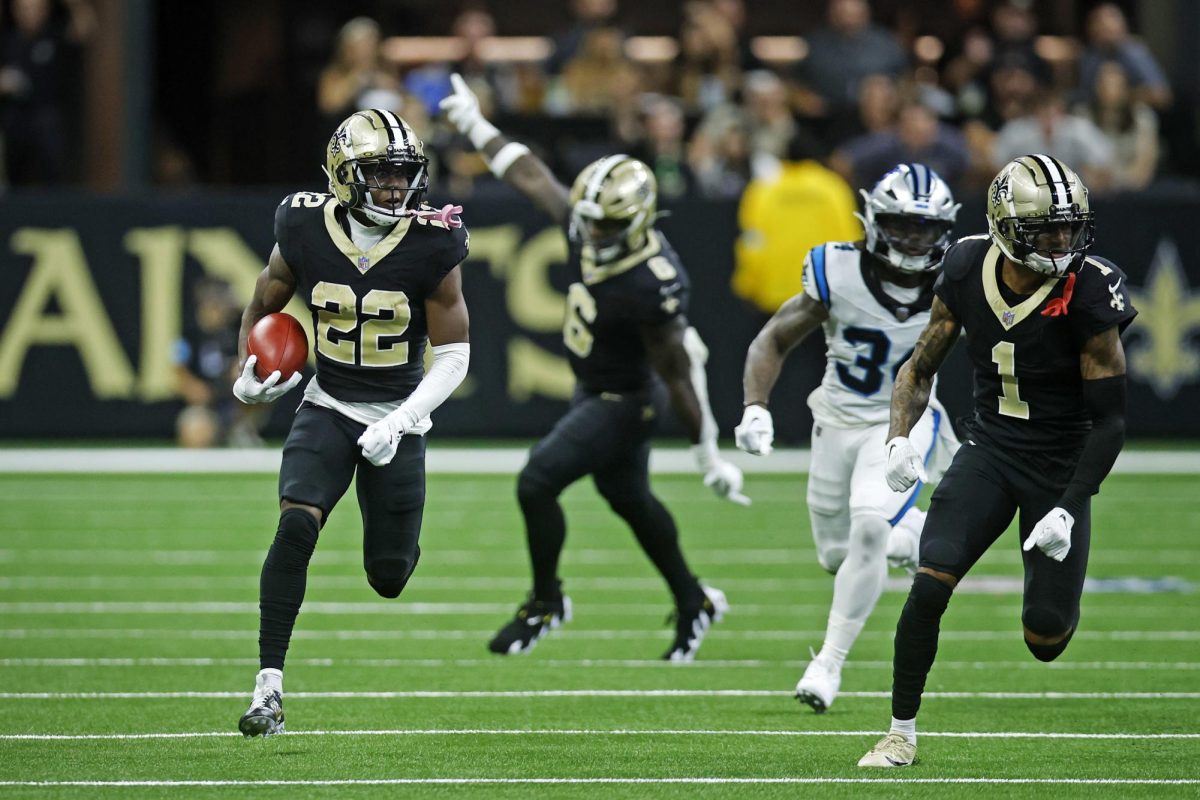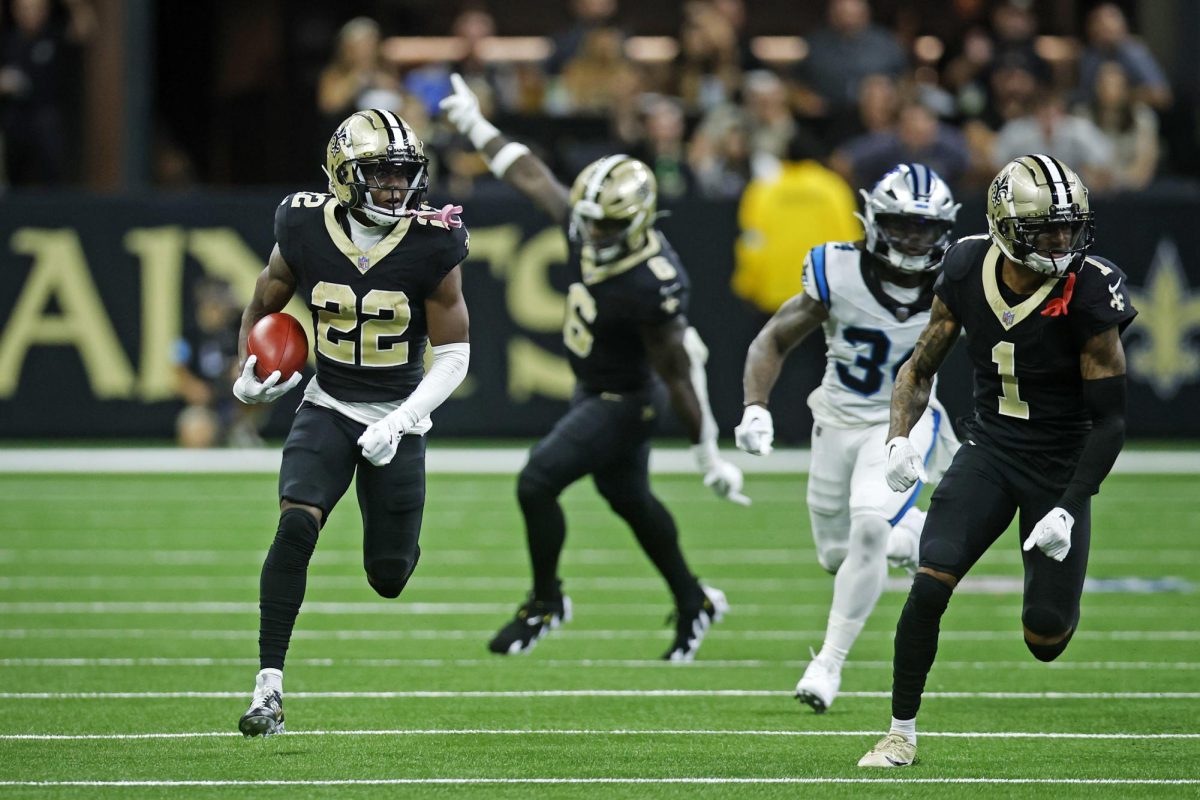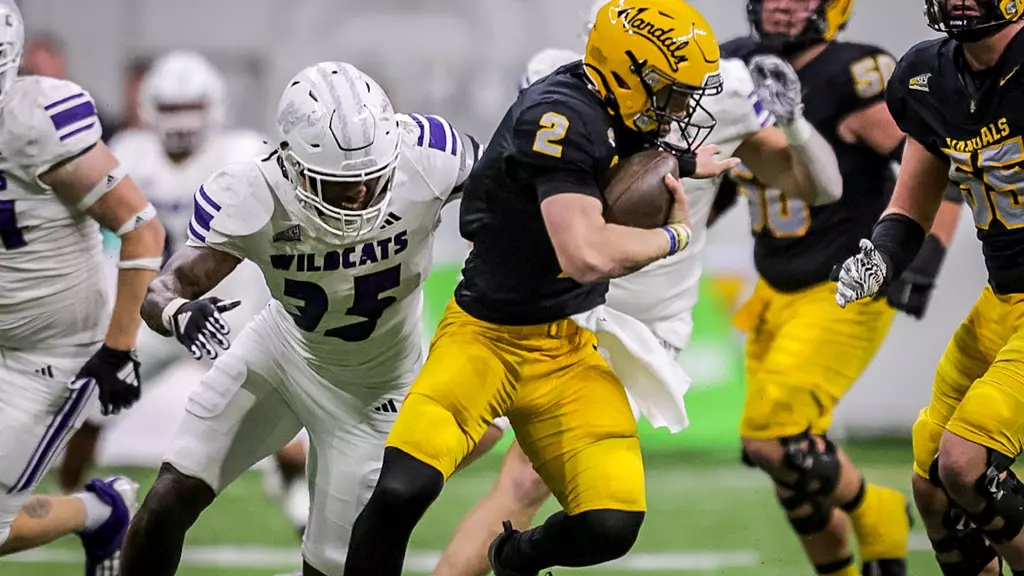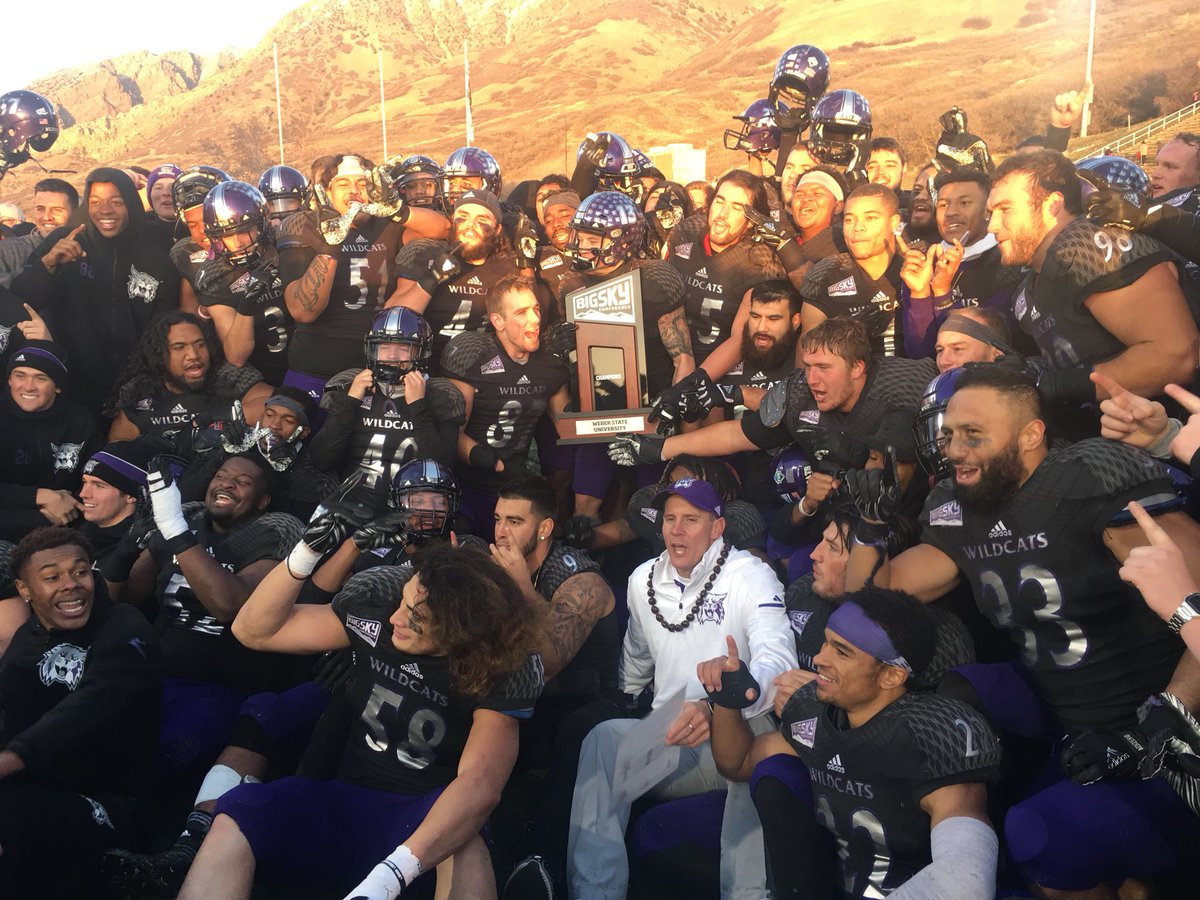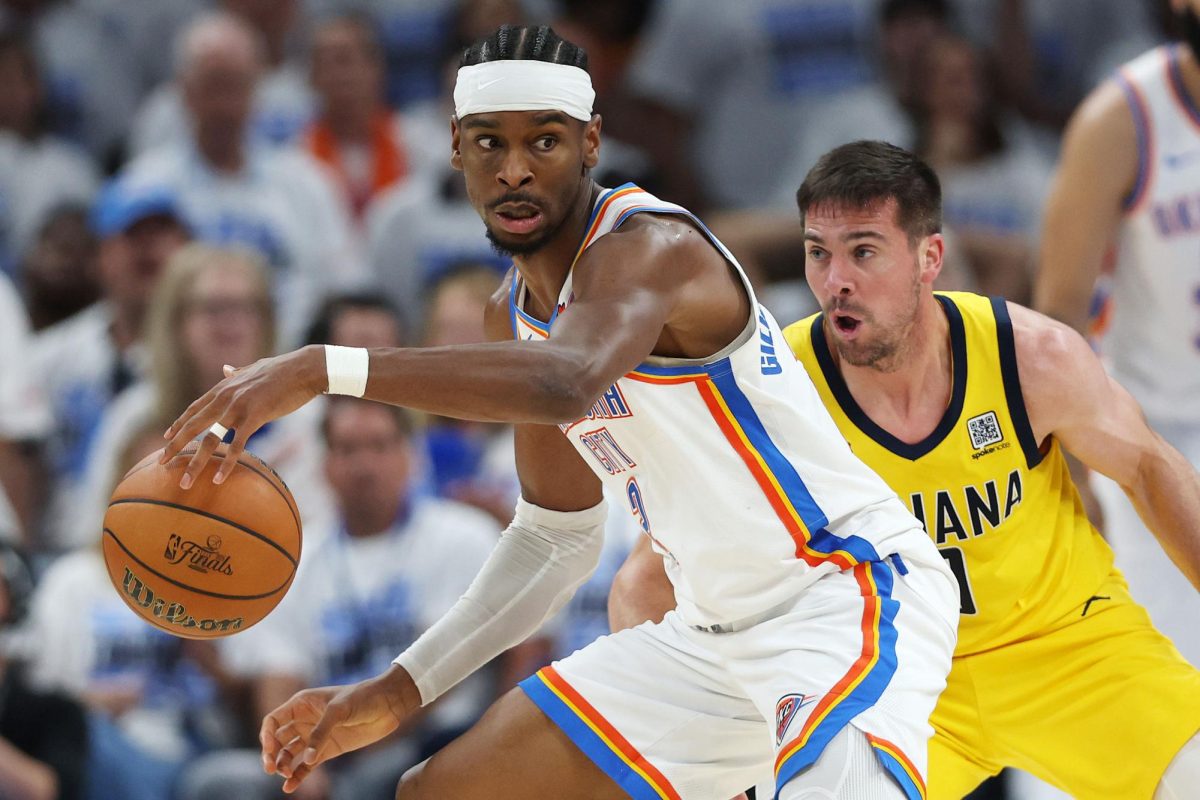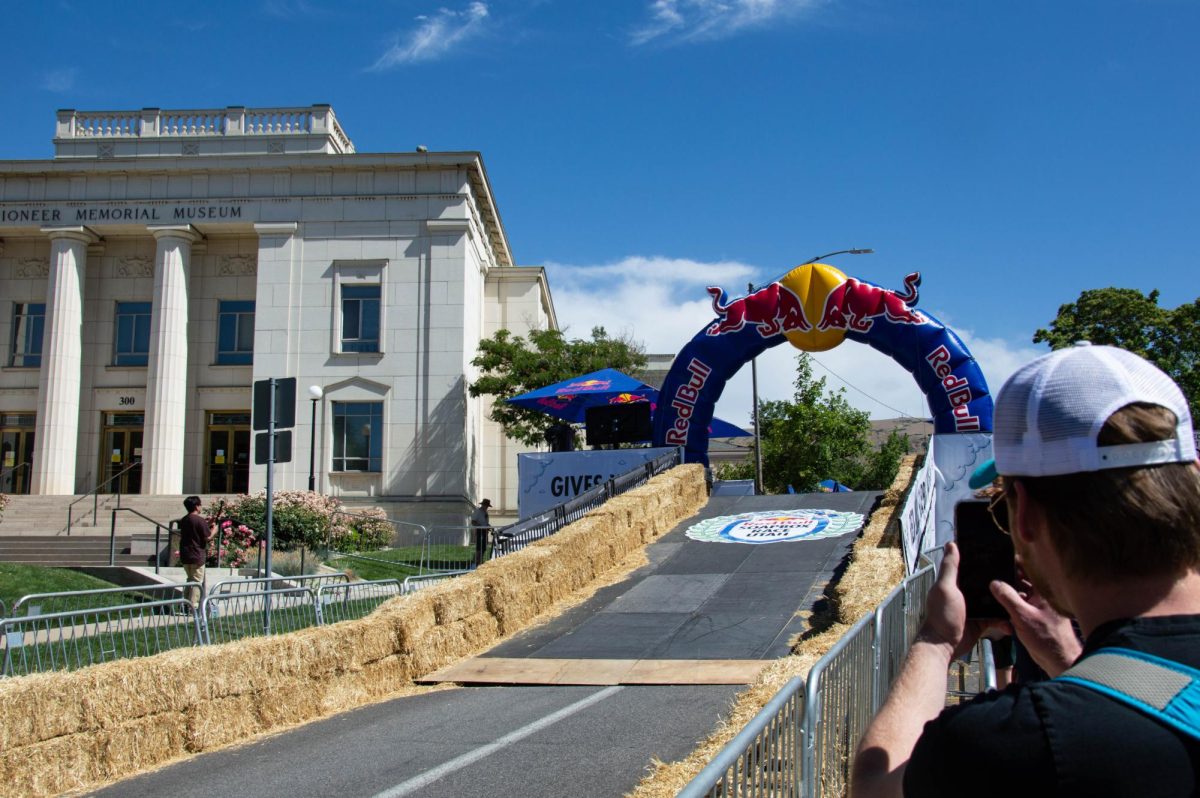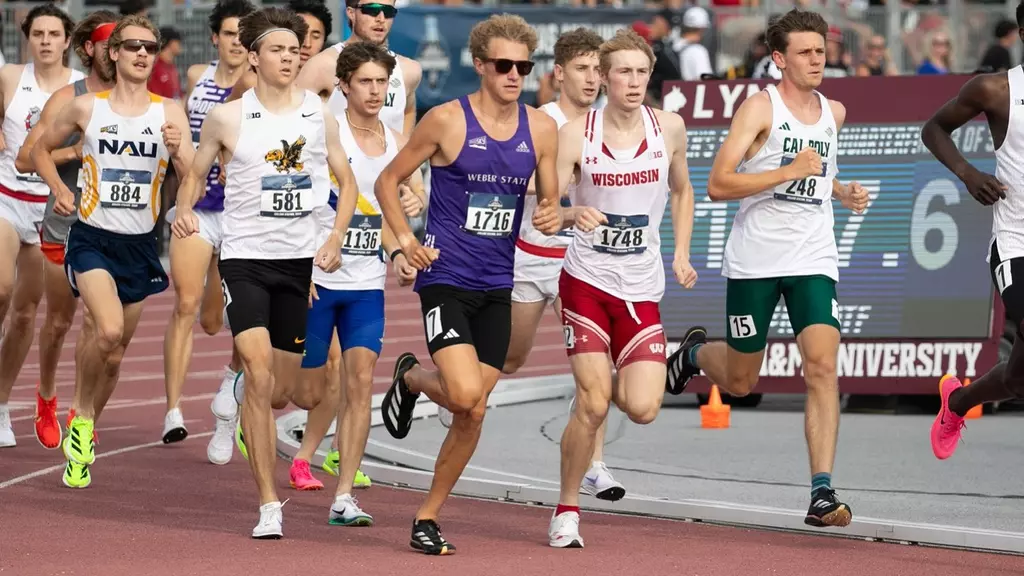
College football has been a part of the United States for 150 years and this fall Weber State University is celebrating 100 years of football.
A lot has changed since 1919, when the Wildcats took the field for the first time. Gas prices have gone up from $0.25 to $2.79, minimum wage was $0.28 an hour to $7.25, and the game football has also seen many changes.
Not much is known about Weber’s football team before their first official season under the NCAA in 1962, back when a single bar across the front of the helmet constituted as a face-mask and there were no rules limiting tackling, so face-mask and horsecollar tackles were legal and abundant.
Before the current emphasis on safety that has players wearing state of the art helmets and rules to enforce safer tackling techniques, football was truly a dangerous sport.

Once upon a time, players wore simple leather helmets that had no face-masks, and the field goal posts were in the middle of the endzone. It wasn’t uncommon to watch receivers running headfirst into to field goal posts after a touchdown reception, which is how the post route got its name.
Field management was also very trivial. To go along with having field goal posts in the way of players on the field, the field itself was often uneven and full of holes. Artificial turf didn’t exist yet, and the rain or snow lead to the field being muddy or slick with ice.

The modern day football fan probably wouldn’t even recognize the sport before the seventies. The groovy decade saw the introduction of more modern helmets and pads. Teams began to utilize passing instead of running the ball 60 times a game, which changed the game into the many different offenses we see today.
In the eighties and nineties, players were held to higher standards off the field as well as on the field, and the 2000s saw a focus on player safety, especially regarding concussions. With the focus on players, organizations were led to more advanced safety gear and better safety practices.

Aside from the physical changes, football has seen more rule changes than probably any other sport since it was founded. For example, before pass interference was introduced, receivers going up for a catch would often be suplexed back to the ground, way before the ball touched their hands. If a player did that today, he would be ejected and likely face a suspension.
Players like Jack Tatum and Mel Blount were the epitome of this era of football. Tatum famously hit Patriots tight end Darryl Stingely so hard that it left Stingley a quadriplegic. Blount was one of the players who used to suplex receivers to the ground. In fact, the NFL passed the Mel Blount rule to specifically limit him from inflicting so much damage.
The NCAA has also changed a few things along the way. Before the NCAA and other organizations dedicated to organize and regulate teams and players, schools were allowed to play whoever they felt like. In some cases, colleges went up against high schools. And those games were closer than one might imagine.

Weber Normal College took the field for the first time on Oct. 8, 1919 and the Weberites lost to Box Elder High School 20–0. According to the rumors, a game against Mckinley High School also turned out to be a bad day for Weber football players and fans.
WSU became a Division 1 program in 1962 and joined the Big Sky Conference in 1963. Teams like Gonzaga, Boise State and the University of Nevada all competed in the Big Sky Conference over the years.
Out of the current Big Sky teams, Weber holds the fourth most football conference championships.
For most of its existence, Weber has been sub par at football. Since its creation, the Big Sky has been dominated by Montana and Montana State, who have a combined 32 Big Sky titles.
Despite Weber’s history of ineptitude on the field, recently the Wildcats have turned it around. They are the current back to back co-champions of the Big Sky Conference.
Before current head coach Jay Hill took over, Weber had not won the Big Sky since 2008 and had not made a playoff appearance since 2009.
Since Jay Hill took over in 2014, Weber has been in the playoffs three consecutive seasons from 2016 to 2019, reaching the quarter finals twice in that span.
In the past few years, Weber has put the Big Sky on notice. A far cry from their humble beginnings having to play high school teams.

Weber has helped change the narrative about football in Utah. And as football has evolved, so has Weber. From struggling against high schools to becoming one of the best FCS schools in the nation, Weber has been through it all football wise.
From leather helmets and fields full of holes, to state of the art flex helmets and new training facilities, Weber isn’t the biggest or most popular school, but they play with just as much heart as all the larger programs, and the Wildcat faithful cheer just as loud.
In 100 years of Weber football, Weber has clearly saved the best for last. At the rate that Weber has been improving, it’s only a matter of time before the Wildcats bring a national championship to Ogden.


